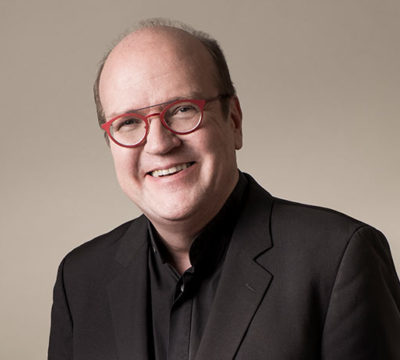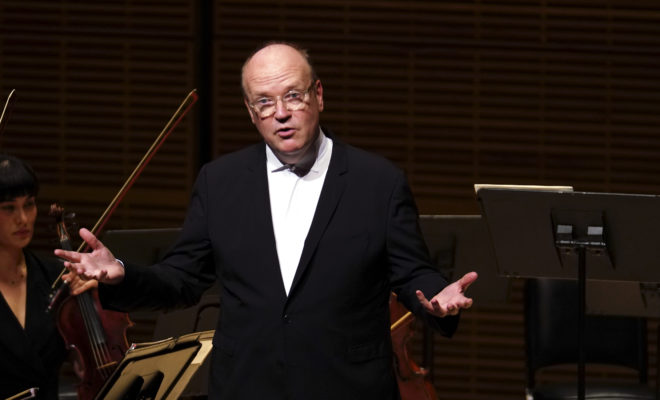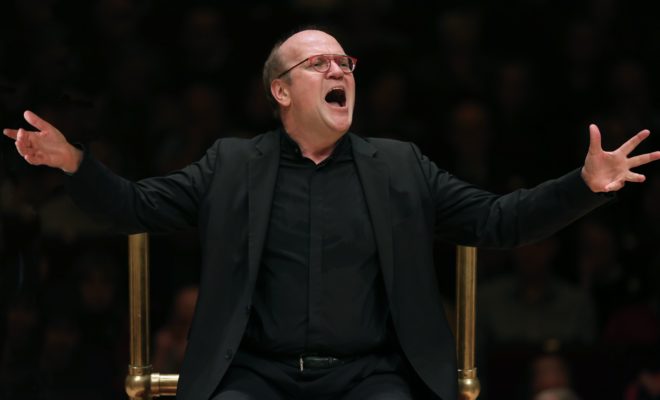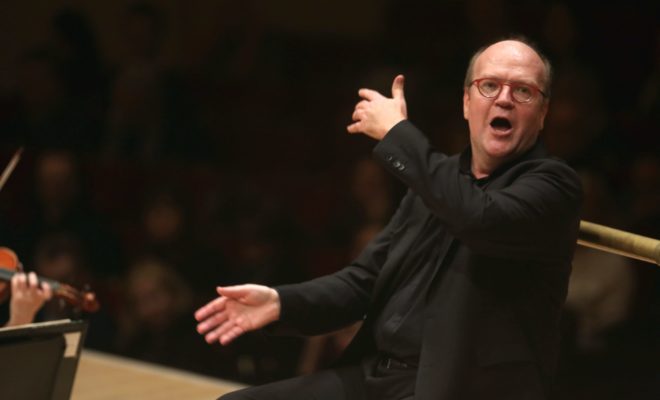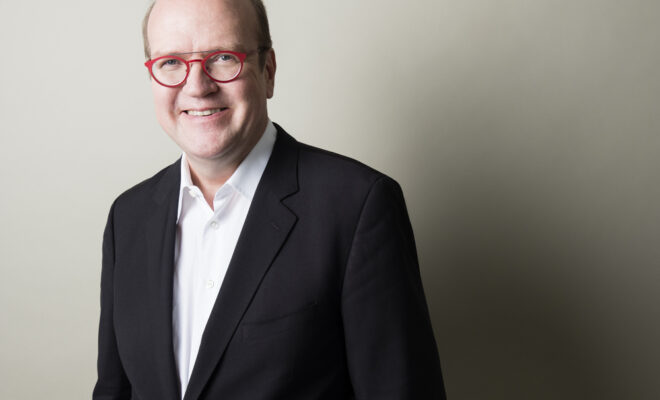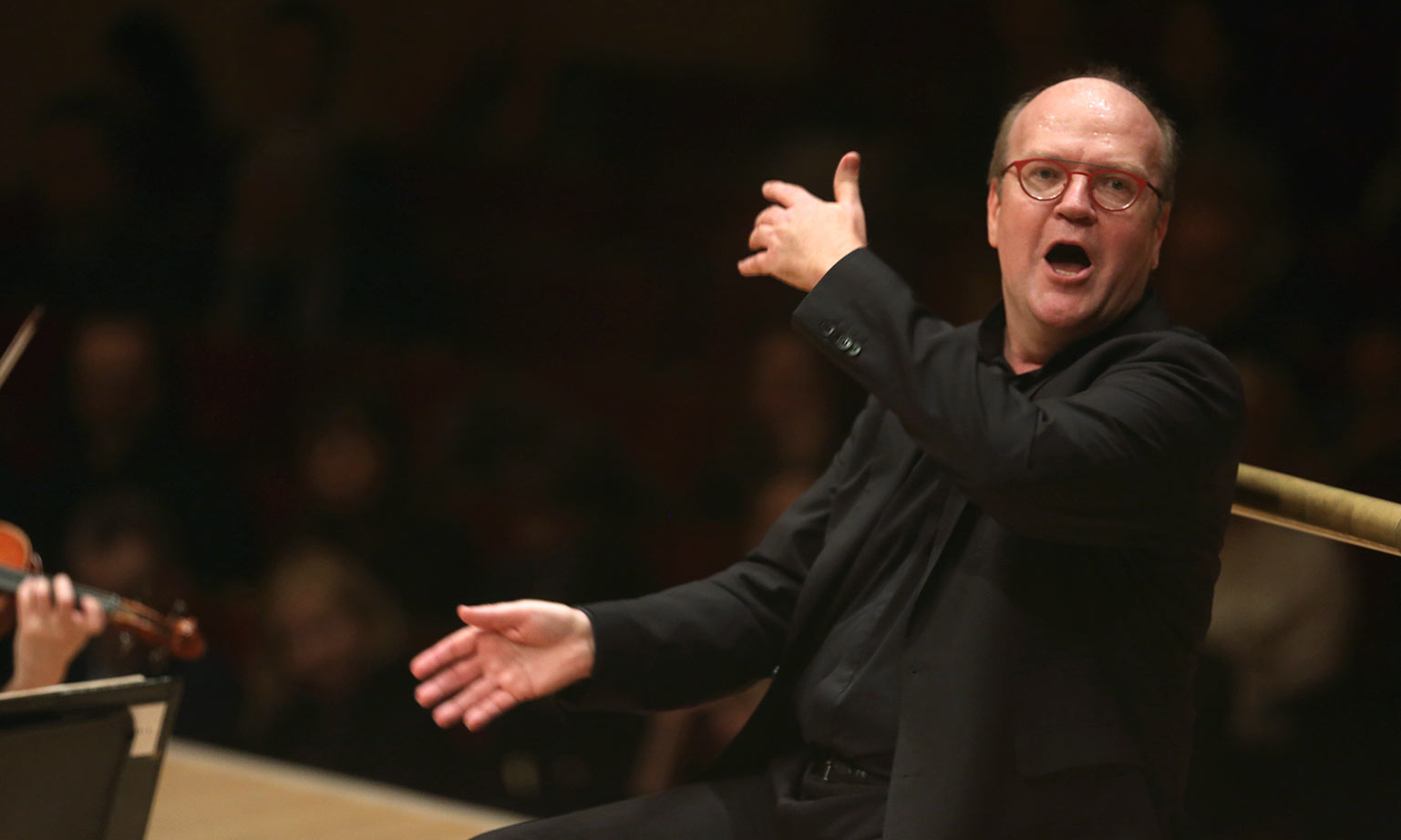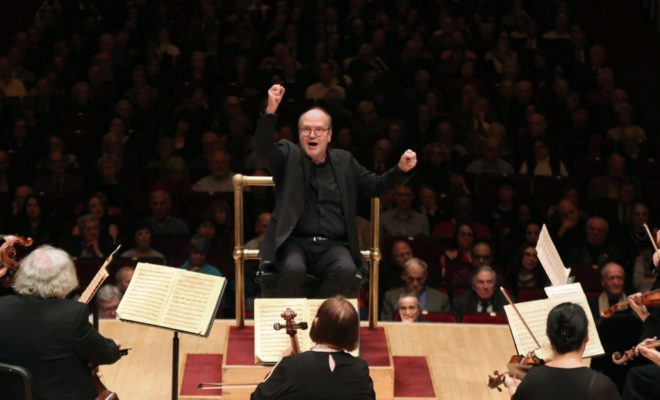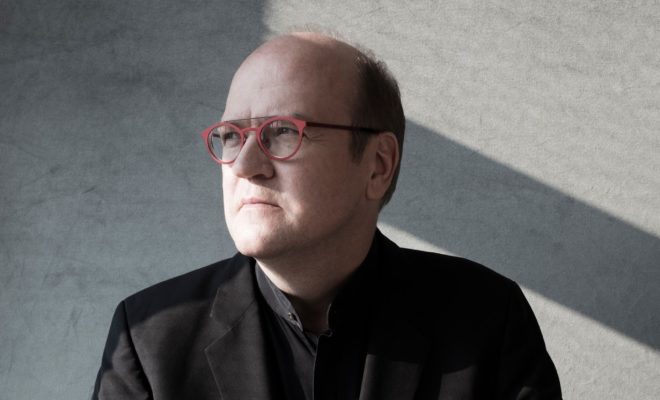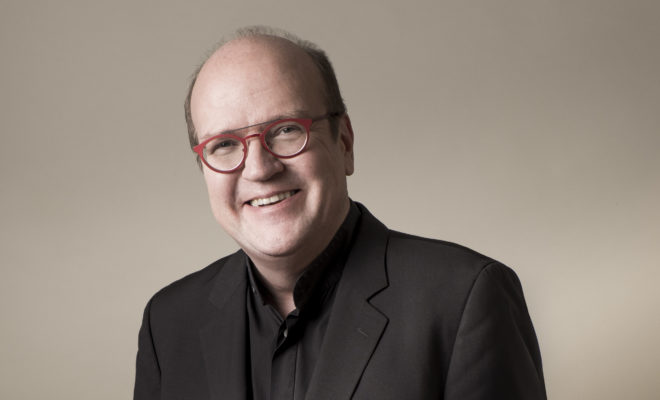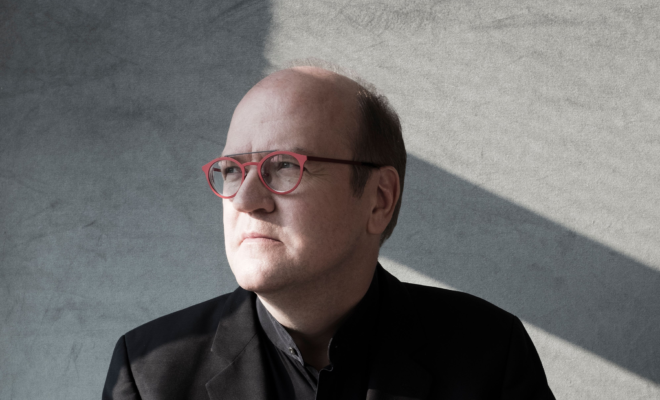Everyone has a memory of a specific piece of music that meant something at a crucial moment in their life. We ask each other questions like “Where were you when 9-11 happened?” With me, this question tends to be: “What music did you listen to right after it happened?”
I don’t remember precisely when I heard this essay’s music of choice for the first time. In my teens I was literally engulfed in baroque music, thanks to the recordings of the first generation of pioneers who brought it to us in a new and revolutionary light, including Nikolaus Harnoncourt, Frans Brüggen, Gustav Leonhardt, Anner Bylsma, and the Kuijken brothers. I remember my excitement every time I bought a new recording. I remember the smell of brand-new LPs. The ink from the Telefunken booklets diffused a very specific and pungent odor which felt like perfume to my nostrils.
One of these early recordings was Bach’s six sonatas for violin and harpsichord performed by Sigiswald Kuijken and Gustav Leonhardt. The music was new to me, and so was the sonic world that came with it: the perfect balance between the two instruments, the roundness of the sound from gut strings, and the many different colors from the harpsichord. I was used to the clinky ugliness of the old panzer harpsichords with pedals (the old Neupert) built on a piano frame. They sounded very much like what Thomas Beecham famously likened to “the sound of two skeletons copulating on a tin roof.” With these new recordings, suddenly the harpsichord was a lyrical instrument, capable of expressing a myriad of emotions.
From first playback, the Adagio ma non tanto from the third sonata attracted my attention and became my favorite track from the whole set. I could listen to it over and over again. When my family commemorated the first anniversary of my father’s death in 1993, I asked my great friends Nicole Trotier and Richard Paré (founding concertmaster and harpsichordist/organist of Les Violons du Roy) to play this at the end of the service. Ever since, it has been associated in my heart with that moment and my father’s memory.
Many great violinists and harpsichordists have made memorable recordings of these sonatas. Since its release last year I have a new favorite by a formidable team: Isabelle Faust and Kristian Bezuidenhout.
Full disclosure: Isabelle is a dear friend and colleague of mine, and was to have performed with Orchestra of St. Luke’s in December 2020 as part of our Carnegie Hall series. I have to be careful with my words here because she is likely reading this text alongside yourself. The truth is, she is an absolute model not only of talent, devotion to her art and passionate involvement, but she also lives by one cardinal virtue which I value above all others: integrity. She is one of the most considerate (in the archaic meaning: “showing careful thought”) artists I know, radiating at all times respect for music and musicians; and yet everything she plays flows naturally like spring water. There is no smoke screen or whipped cream, just pure art from the heart.
Her artistry combined with Kristian Bezuidenhout’s bring these sonatas to an ultimate level of perfection. In my favorite movement, their ideal combination of flexibility and rigor serves the music in a masterful way. From the opening chords of the harpsichord’s right hand floating over the long descending bass line, a world of nostalgia and remote pain opens up to welcome the lyrical yet gently restrained ascension of the violin. Very early on we recognize Bach’s architectural seal of authenticity: the two upper lines (the violin and the right hand of the keyboard) dialogue and exchange back and forth in absolute equality, like two perfectly synchronized dance partners. It’s sad and comforting at the same time, with the kind of sadness and comfort that have been living together deep in the human soul since the beginning of times.
Program
Johann Sebastian Bach
Adagio ma non tanto from Sonata for violin and harpsichord No. 3 in E major BWV 1016
